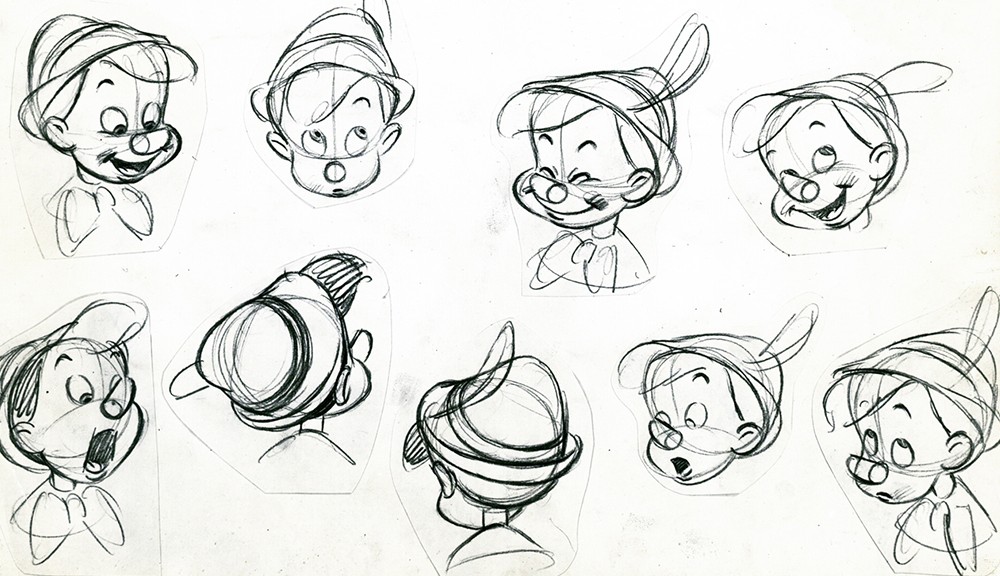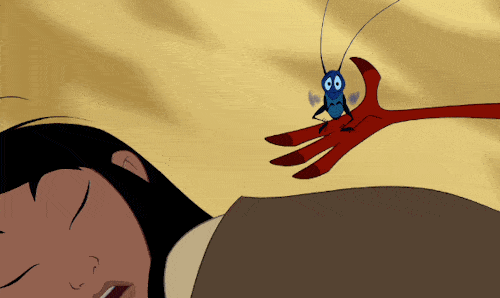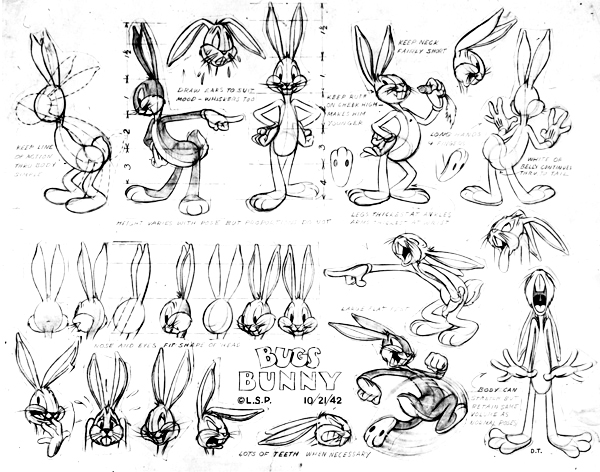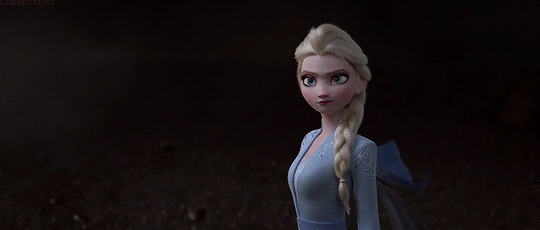For every fan of animation, Walt Disney’s animated characters are mesmerizing. From their lifelike appearance to how these stunning characters express human emotions, these characters have charmed audiences for 100 years. This magical appearance is all thanks to a set of techniques beautifully introduced by the fore founders of Disney animations in the 1930s.
This set of guidelines, or “the Principles of Animation,” is a benchmark for the modern animation world and a guiding light for emerging animators.
What are the 12 Principles of Animation?
The book “The Illusion of Life: Disney Animation” by Disney animators Frank Thomas and Ollie Johnston inspires every animator by outlining the philosophy of “Disney’s 12 principles of animation” necessary to bring characters to life.
Let’s take a closer look at each principle.
1. Squash and Stretch
The perfection of Disney’s animation is incomplete without the principle of squash and stretch. This cornerstone technique involves stretching and compressing a character’s shape to create the illusion of weight and volume, thus making realistic and believable movements.

Suppose a character throws a ball; it would stretch when it’s thrown and squash when it hits the ground making it more realistic.
2. Anticipation
Anticipation captivates the viewer for an action that is about to happen, involving a short pause before the act. Remember, in the famous Disney movie “The Lion King,” Simba pauses before he jumps across a chasm. This moment of hesitation holds viewers’ breath and builds anticipation for the upcoming action. Anticipation is a powerful technique to grab viewers’ attention for a certain time or moment.
3. Staging
Staging implies the arrangement of objects as per scene requirements. It’s crucial to present a scene in a way that draws a picture of what’s happening. Particulars of staging are composition, lighting, and camera angles.
4. Straight Ahead Action and Pose to Pose
Straight-ahead action is a sequential drawing of animation frames, while pose-to-pose implies keyframe creation first and then filling in the in-between character moves. Both techniques are pioneers and have pros and cons, and animators enjoy working on both.
5. Follow Through and Overlapping Action
Both follow-through and overlapping actions depict how the parts of an object move independently of each other. During the running movement of a character, hair, and clothing will continue to follow through even after they’ve stopped.

This principle adds true realism to the animation, as shown in the clip from Mulan (2020) above (Source: .infamous.ae).
6. Slow In and Slow Out
Slow in and slow out enlighten how an object accelerates and decelerates. Real-life things don’t start and stop instantly in the practical world; the animation must reflect this perfectly. This principle is also applicable to create a sense of weight and momentum.
7. Arcs
As per Disney’s 12 principles of animation, arcs are represented by creating character movements that follow a curve rather than a straight line. This idea is essential for producing fluid, realistic, and organic movement.
8. Secondary Action
The secondary action principle entails animating a character’s auxiliary movements to produce a more realistic or WOW animation. This idea is crucial since it gives the animation depth and intricacy. When another element in the scene mixes up with the primary action, this is called secondary action.
As per the secondary action principle, a character should move their body in addition to their mouth when speaking to reflect that all objects are aligned perfectly.
9. Timing
The principal element is the implication of timing, as it defines the scene’s pace and how the characters move and interact with other objects.
Do you remember the scene where Snow White dances with the animals at a certain pace, designed to match the rhythm of the music, producing a seamless choreographic flow, in the classic Disney film “Snow White and the Seven Dwarfs“? It perfectly depicts timing!
10. Exaggeration
Exaggeration is a potent strategy for emphasizing specific character moves so that the observer will notice them very clearly.
You might notice that the animator makes a character’s arms and legs move more fiercely or enlarges their facial features to represent the character’s intense emotions when angry. Exaggeration contributes to a more dramatic impression and might boost the animation’s overall attractiveness.
11. Solid drawing
Characters and environments can be flawless geometric representations using Disney’s solid drawing principle as a sturdy foundation. Animated character anatomy, shape, weight, and balance are all cardinal art techniques that animators should master if they want to become animation GURUs. Solid drawing enables them to design masterpieces with realistic appearances and a real human feel.

Although he’s not a Disney character, see the example above with Bugs Bunny. Like this example, Disney characters’ physical traits, especially their body shape and limb lengths, strongly contribute to their facial expressions, human actions, and emotional acts.
12. Appeal of Character
Creating flawless animated characters demands strong appeal through character design, personality nuances, and realistic movements. Playing with character moves and using subtle facial expressions to convey emotions and personality is absolute for an expert. A skilled animator embeds deep emotional resonance into character, leading to a highly engaged audience. In short, creating animations demands a masterful balance of design, movement, and emotion.

Do you remember Elsa from “Frozen” movie, who becomes instantly recognizable and creates a strong emotional connection with the viewers? (Gif provided via PopSugar.)
Bring Your Characters to Life at NYFA
Disney’s 12 principles of animation serve as a powerful toolkit for animators to craft compelling and realistic animations. Each direction, from squash and stretch to appeal and follow-through, provides necessary guidance for bringing characters and worlds to life. Want to learn how to create your own animations? Request more information about our 3D animation programs today!
Header image source: Disney Studios.